
Dr. Aaron Henderson is a Faculty Tutor for the Alcuin Institute for Catholic Culture.
Dr. Aaron Henderson is a Faculty Tutor for the Alcuin Institute for Catholic Culture.
← Return to EssaysStay Connected!
“It is indeed sometimes said that the stream is clearest near the spring. Whatever use may fairly be made of this image, it does not apply to the history of a philosophy or belief, which on the contrary is more equable, and purer, and stronger, when its bed has become deep, and broad, and full.”
—St. John Henry Newman, An Essay on the Development of Christian Doctrine
John Henry Cardinal Newman, canonized by Pope Francis in 2019, was the most famous convert to Catholicism of the 19th century. Prior to his reception into the Catholic Church in 1845, Newman was an Anglican priest and member of the so-called Oxford Movement. This movement, in opposition to various “protestantizing” tendencies in the Church of England, worked for a “catholic” renewal of sorts, a renewal at once doctrinal, pastoral, and devotional. Proponents of this movement considered the Church of England to be, at least ideally, a via media, a middle path or way, between ultra-protestantism and Roman Catholicism. But the more Newman examined the claims of the Roman Catholic Church, her history and councils, her Fathers and Doctors, the more he was convinced that she alone was the Lord’s one sheepfold. (You can read more about Newman’s conversion in his Apologia Pro Vita Sua, an intellectual autobiography not infrequently compared to St. Augustine’s Confessions.) In short, the more Newman discovered that, despite the Church penetrating ever deeper into the Christian mystery down through the centuries, the Catholic Church and her doctrine remained essentially the same, the more he was compelled to place himself under the Church’s maternal care. Newman provides a marvelous account of this historical development in a work published the same year as his reception into the Church, An Essay on the Development of Christian Doctrine.
Newman uses various images in the Essay to explain doctrinal development. Some are taken from human or animal life. In the quote above, Newman compares the development of a philosophy or belief to the stream that, as it moves from its source, becomes deeper, broader, and fuller. It is true, as Newman everywhere admits, that there is one body of apostolic teaching, one deposit of faith which was once for all delivered to the saints (Jude 1:3). For the Catholic tradition, public revelation ceased with Jesus Christ and His Apostles. And thus there is a richness proper to the apostolic age, a purity wholly unique. Nevertheless, the Church of Christ is able, as occasion demands and as necessity dictates, to make explicit what was implicit, to make manifest what was latent. This she does under the guidance of the Spirit of Truth, holding fast to the pristine memory of Christ, her beloved Spouse and Head.
The question that persistently haunted Newman during his time in the Church of England was the following: Are doctrines thought to be rather distinctive of the Catholic faith (the Marian dogmas, say, purgatory, the authority of the pope) illegitimate additions and accretions, or are they legitimate, organic developments of the apostolic faith? For the early Newman, it was reasonable for the Roman Church to claim the mark of “catholicity,” a certain universality. But the Church of England, he thought, truly possessed the mark of “apostolicity.” His views on this changed, of course, and Newman came to see the Roman Catholic Church as possessing the mark of apostolicity. Newman is concerned, then, with corruptions and genuine developments. The true Church will have, despite the myriad twists and turns of history, despite (and, in a certain respect, thanks to) the trials and the difficulties and the heresies, genuine developments of the apostolic faith.
But how are we to know whether a particular doctrine is genuine or ingenuine, a development or a corruption? Newman suggests seven “notes” of the genuine development of an idea. The analysis here is somewhat “scientific” and speculative, since he is laying out principles, but it is also arguably more literary. The first note is “Preservation of Type.” There is an analogy here with creaturely growth. Chicks do not grow into fish, nor does a baby human degenerate into a brute. There is something similar with ideas. In short, even if an idea does not manifest itself in the same external image, there ought to be substantial identity for a true development. The second note is “Continuity of Principles.” Are the principles undergirding a particular idea themselves consistent, in continuity, or have they been altered?
“Power of Assimilation” is the third note. Here again we see the likeness of this note in nature. Living organisms take things in, absorb them, incorporate them. The power to incorporate or assimilate is thus a property of life, and it is likewise the property of a living idea, an idea as present in minds living and acting in the world. The fourth note Newman proposes is “Logical Sequence.” When we look back upon the historical development of a doctrine, do we see in the process a naturalness and organic quality? In short, a later development must be in some way the logical outcome or result of the original teaching. For one with no knowledge of trees and their development, an acorn may bear no resemblance to the mature oak tree. But for one who understands, the process is intelligible, and the mature tree bears the marks of a “logical” sequence.
Newman’s fifth note is “Anticipation of Its Future.” Sometimes we can see in an idea, because we know something of its nature and tendencies, hints of its future development. Perhaps we can see in a small child hints and anticipations of his future. Newman uses the example of St. Athanasius, “elected Bishop by his playfellows.” The sixth note is “Conservative Action Upon Its Past.” A development which reverses and contradicts the course of doctrine which has been developed before it is certainly corrupt, whereas a genuine development illustrates and corroborates (as opposed to obscuring and “correcting”) the body of thought from which it proceeds. Like our Lord, these developments come not to destroy but to fulfill.
The seventh and final note is “Chronic Vigor.” The basic idea here is that corruptions tend to fizzle out, to dissipate over time, whereas genuine developments are marked by constancy and duration. Heresies, then, are short-lived; Newman says that they are in some odd intermediate state between life and death. Summarizing all of these notes, Newman writes, “To guarantee [an idea’s] own substantial unity, it must be seen to be one in type, one in its system of principles, one in its unitive power towards externals, one in its logical consecutiveness, one in the witness of its early phases to its later, one in the protection which its later extend to its earlier, and one in its union of vigour with continuance, that is, in its tenacity.”
Granted that Newman’s theory of development is not the only one out there, his is certainly worthy of careful and prayerful consideration. His Essay is not an easy read, and he assumes a fair amount of knowledge of (intellectual) history from the reader. But this great 19th century convert to Catholicism provides us with strong reasons to believe the Catholic Church’s claim to be, in Christ, “the pillar and bulwark of the truth” (1 Tim. 3:15), the faithful guardian of the apostolic teaching. In her, as she lives and acts in the world, Christian doctrine develops, as ideas in the world are wont to do, yet without undermining or corrupting anything. As we reflect on God’s Revelation this year, let us give thanks to God for the truth of Christ and for the deep, board, and full stream from which we may freely drink.
More Reading

Dr. Aaron Henderson is a Faculty Tutor for the Alcuin Institute for Catholic Culture.


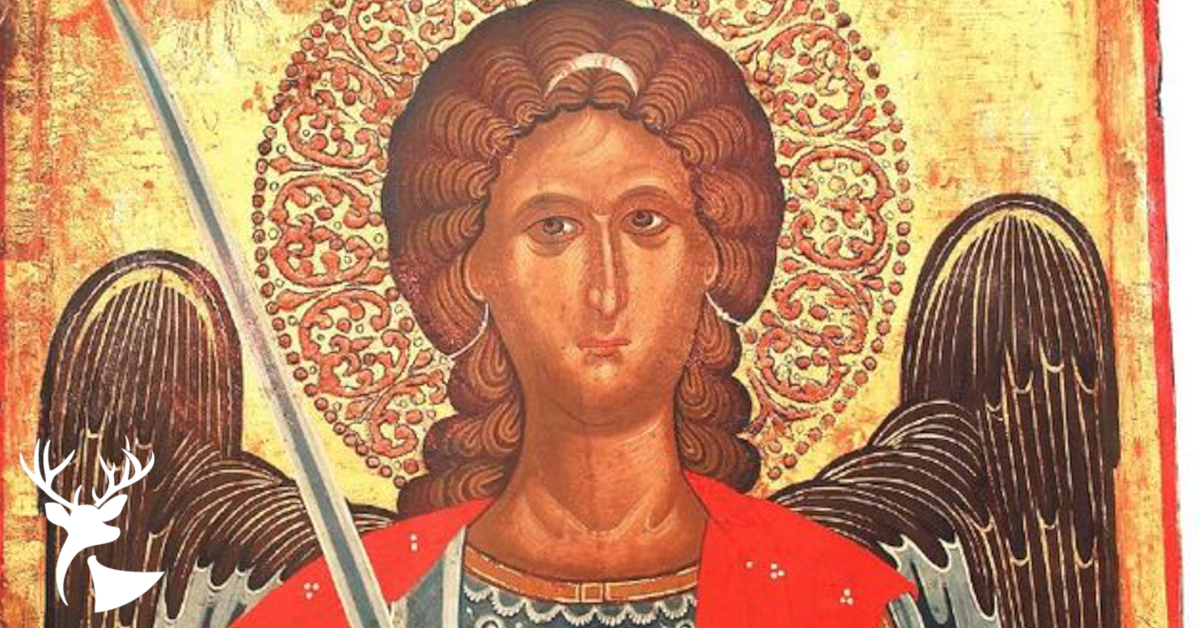

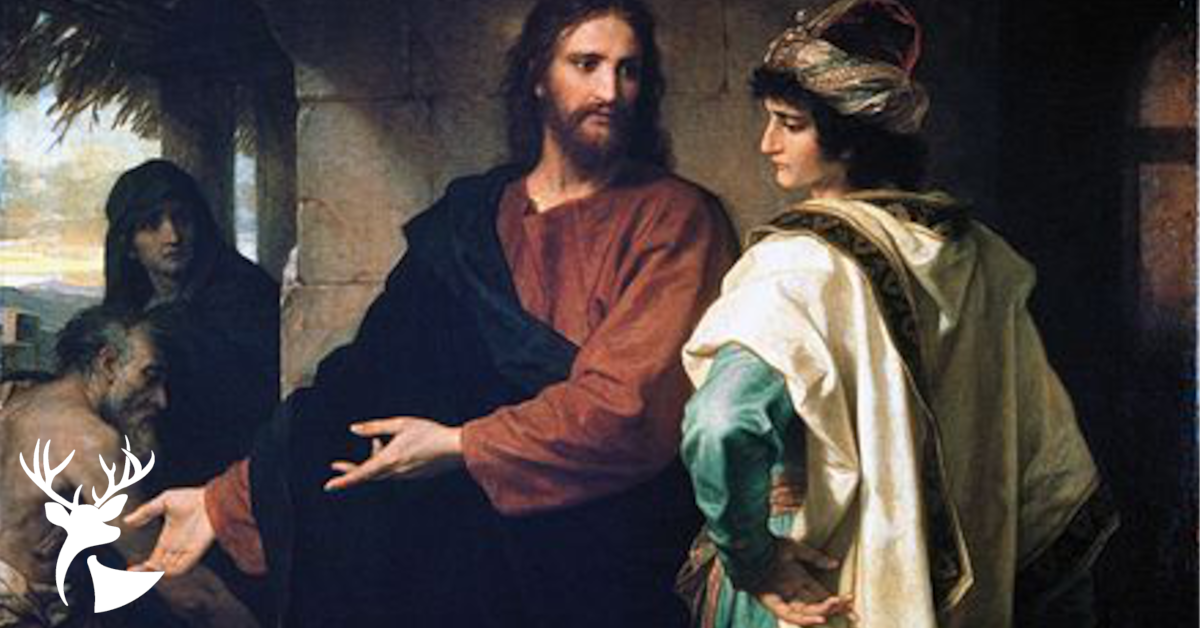
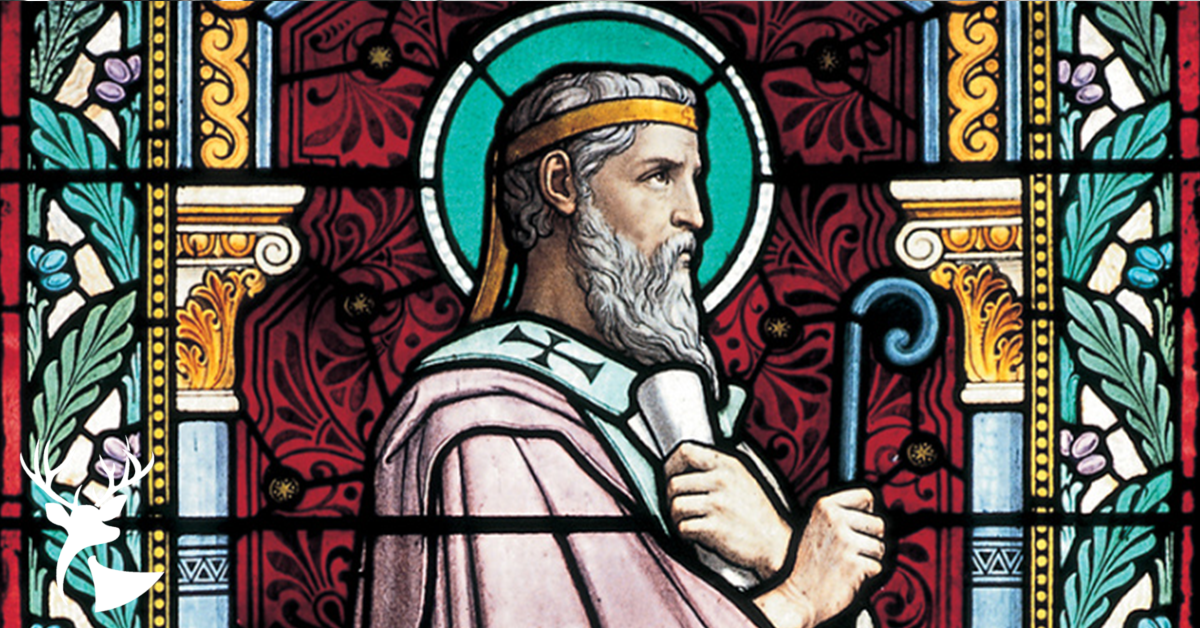
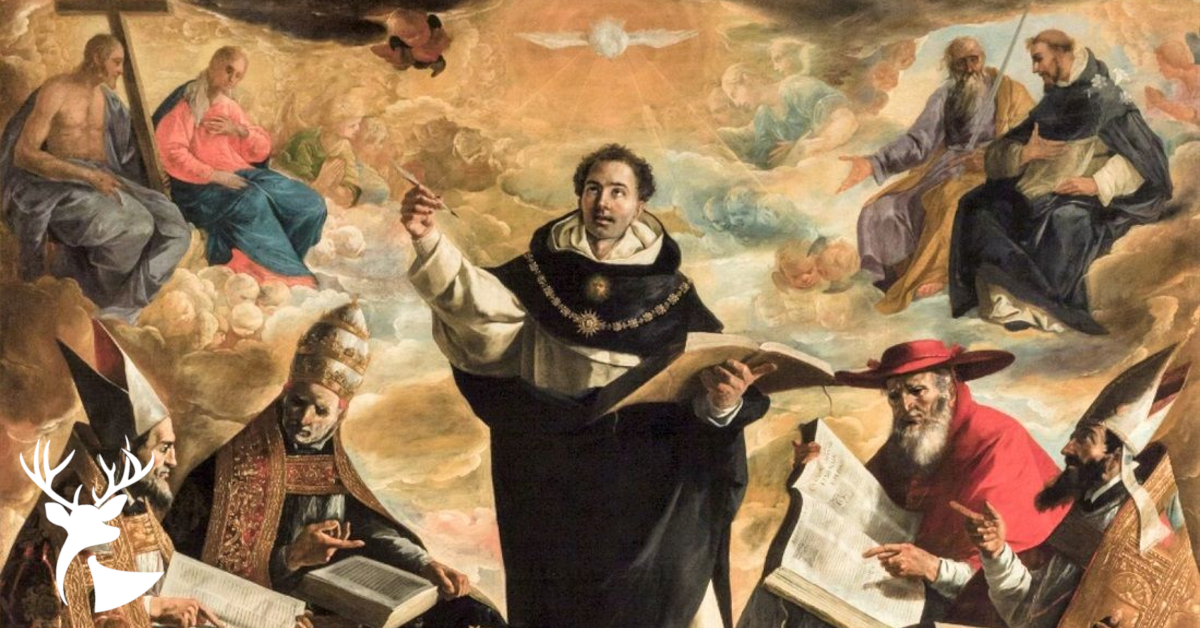


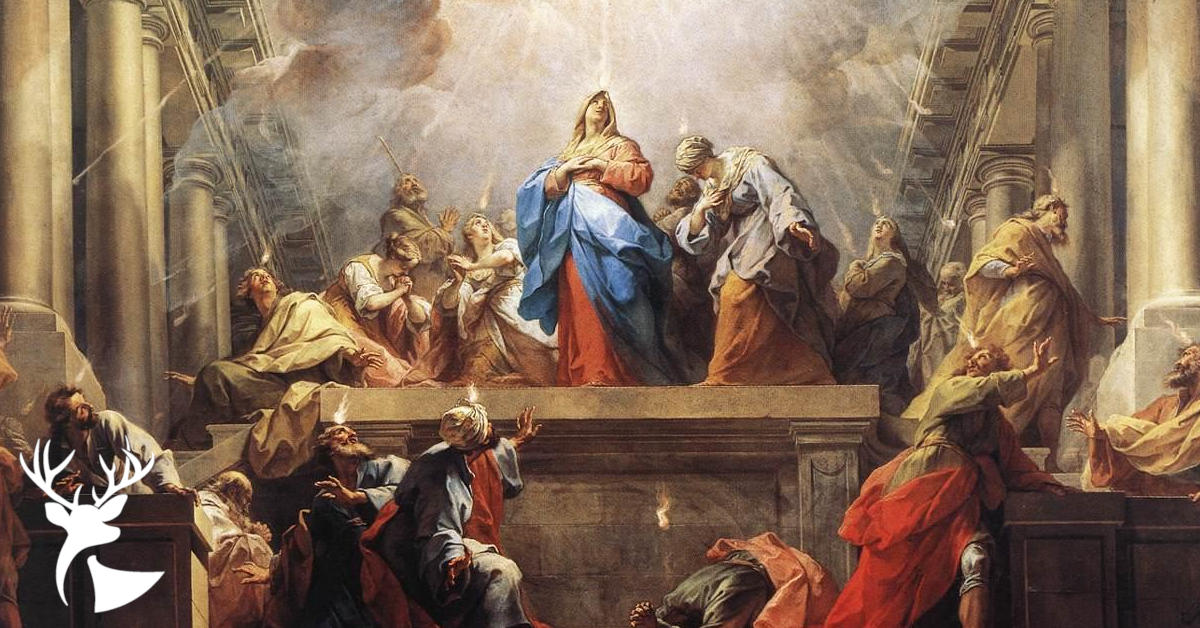


Dear Aaron, Thank you for the well done article. Sincerely, Tom Showerman
Thanks for the kind words, Tom. Newman did the heavy lifting. God bless.